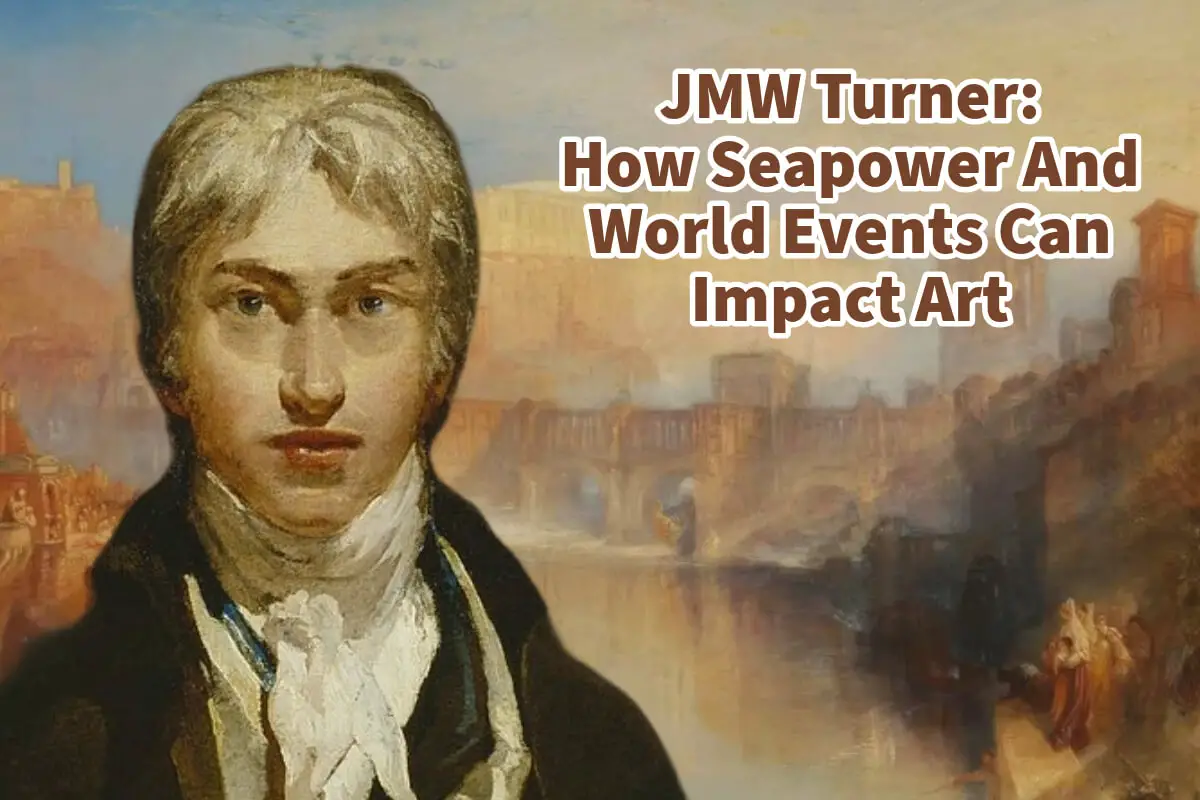Artists throughout history have often been deeply influenced by the sociopolitical landscapes of their times, acting as keen observers of the world around them. Their works frequently reflect the prevailing sentiments, conflicts, and transformations within their societies.
A particularly significant factor that has shaped global history and, by extension, the arts is the power of maritime exploration, trade, and naval prowess. Ships’ ability to traverse the oceans, connecting distant lands through trade and cultural exchange, has had profound implications for nations and their cultural development. This maritime narrative has inspired many artists, including JMW Turner, who captured the majesty of the sea and its associated human experiences.
Table of Contents
- How Seapower Changed The World
- Britain’s Late 18th Century Seapower And Dominance
- JMW Turner, Seapower And Art
- Related Questions
How Seapower Changed The World
The transformative impact of seapower on global history cannot be overstated. From the moment humans mastered the art of navigating vast oceans with large ships, the world entered a new era of connectivity and exchange.
This mastery over the sea allowed nations to engage in long-distance trade, establishing maritime routes that linked distant continents. Through these routes, many goods—ranging from exotic fruits and vegetables to luxurious silks, intricate fabrics, and fine porcelain—began to flow across the globe.
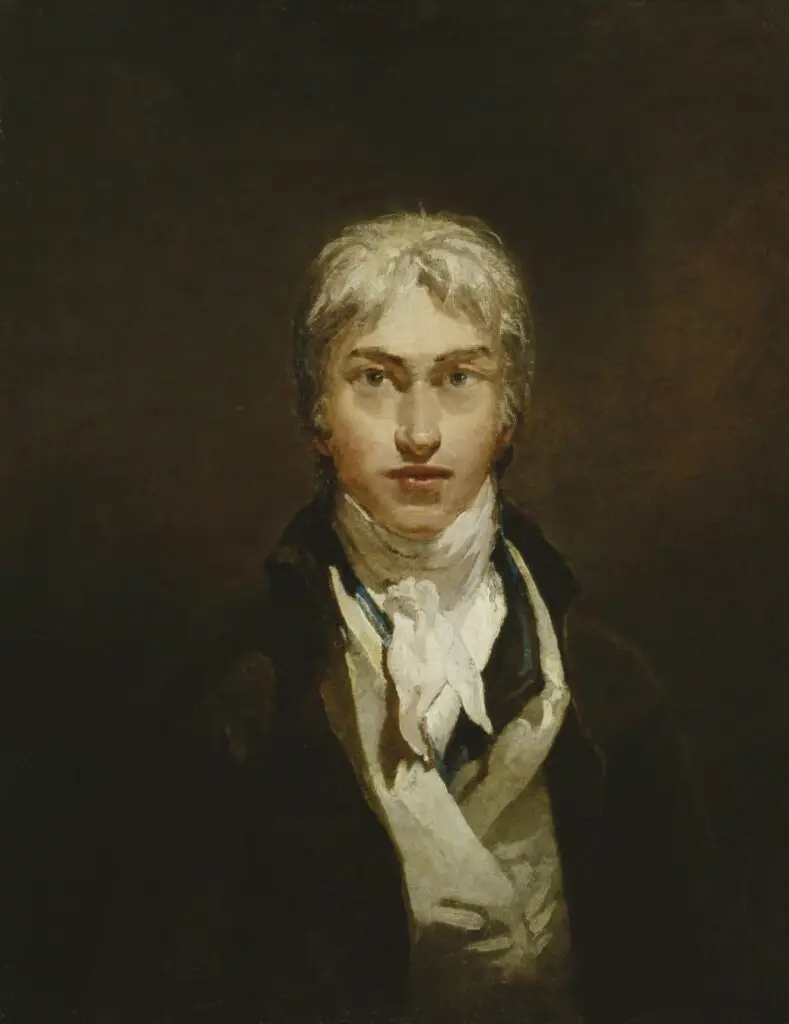
This newfound accessibility to a diverse array of products not only enriched diets but also introduced new materials and aesthetic influences that shaped cultures and industries. The trade-in spices, for example, drove European explorers to seek faster routes to the East, eventually leading to the Age of Discovery and the subsequent European colonization of the Americas.
Similarly, the desire for Chinese silk and porcelain spurred trade along the Silk Road and through the Indian Ocean, knitting together the economies of Asia, the Middle East, Europe, and Africa.
Moreover, the strategic importance of controlling these lucrative sea routes led to significant advancements in naval technology and tactics. Nations recognized that dominance at sea was pivotal for protecting their trade interests and projecting military power.
This led to the development of powerful naval fleets capable of long voyages and significant combat, fundamentally altering the nature of warfare and diplomacy.
Seapower: Trade And Ships Had Profound Effect On Culture And Art
The influence of seapower extended beyond the realms of trade and warfare; it also profoundly impacted culture and art. The exotic goods from distant lands inspired a fascination with foreign cultures, reflected in the time’s art, literature, and fashion.
Maritime themes became prevalent in the artwork of many cultures, with artists capturing the grandeur of ships and the dangerous beauty of the sea. The narratives of exploration, adventure, and encounters that emerged from seafaring expeditions fueled the imagination of writers and artists, leading to a rich body of work that celebrated the spirit of discovery.
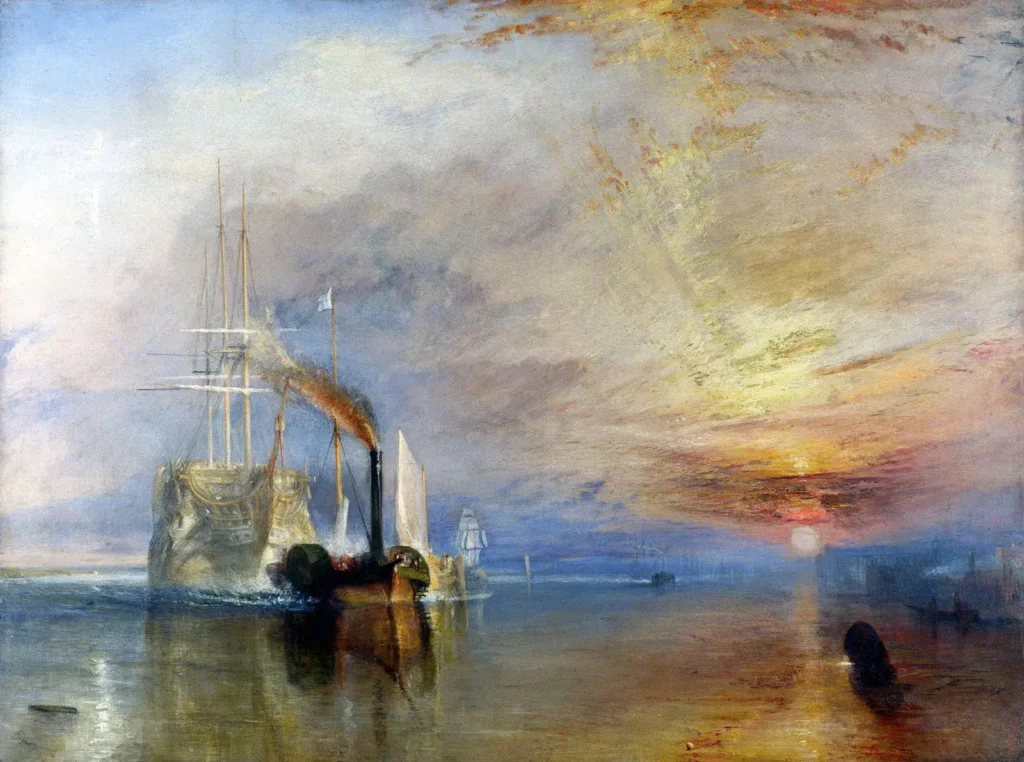
Seapower: Helped Change The Modern World
The rise of the seapower marked a pivotal chapter in human history, shaping the modern world in countless ways. It facilitated the exchange of goods, ideas, and cultures on an unprecedented scale, leading to the globalization of the world economy.
The competition for naval dominance spurred technological innovation, while the cultural exchanges it enabled enriched societies around the globe. In essence, mastery of seapower was not merely about controlling the waves; it was about connecting the world and influencing every aspect of human society, from economics and politics to art and culture.
Britain’s Late 18th Century Seapower And Dominance
By the final decade of the 18th century, the British Empire had established itself as a formidable sea power, and its naval might was unmatched by any other nation. This era was characterized by Britain’s sprawling empire and burgeoning global commercial interests, underpinned by its unparalleled naval force.
The Royal Navy, then the world’s largest and most advanced Navy, was the linchpin of Britain’s strategy to extend its influence and safeguard its global interests. This maritime supremacy not only facilitated the expansion of the British Empire but also played a crucial role in protecting the home islands from the specter of military invasion, a constant threat during this tumultuous period.
The onset of the Revolutionary Wars in 1793, which later morphed into the protracted and far-reaching Napoleonic Wars, marked a period of intense global conflict that lasted until 1815.
These wars accentuated the strategic importance of naval power and brought the realities of maritime warfare into the collective consciousness of the British people. The sea, thus, became a symbol of both Britain’s strength and its vulnerabilities, a theater where epic battles were waged and personal tragedies unfolded.
JMW Turner, Seapower And Art
One of the most celebrated artists influenced by the maritime world was Joseph Mallord William Turner, also known as JMW Turner. Turner’s extensive body of work, which includes vivid depictions of the sea, naval battles, and the lives of fishermen, stands as a testament to the significant impact of maritime power on his creative vision.
The era in which Turner lived was marked by significant naval conflicts, including the Napoleonic Wars and a burgeoning British Empire that relied heavily on its naval strength to secure and expand its global reach. The sea was not just a backdrop for these historical events but a pivotal character in the drama of the age, representing both the glory and the peril of human ambition.
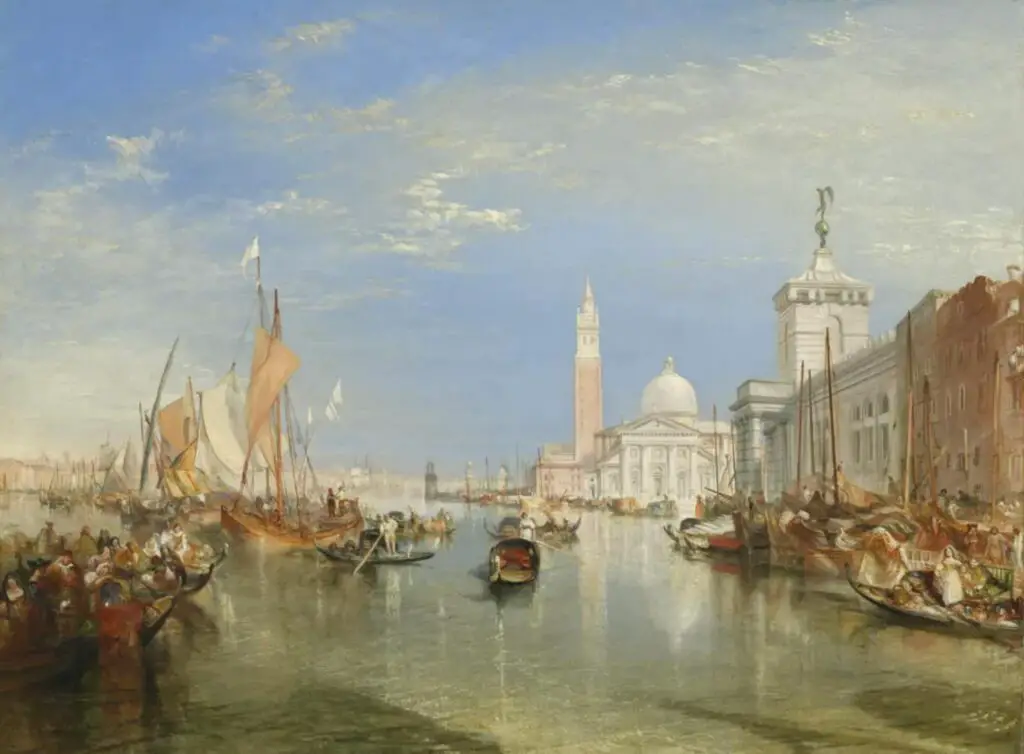
The Artist JMW Turner Was Fascinated With The Sea
Turner’s fascination with the sea and its myriad facets was evident in how he portrayed its beauty and fierce nature. His paintings of naval battles, such as those at Trafalgar, not only commemorated British naval victories but also delved into the chaos and violence of war at sea.
Similarly, his depictions of fishermen struggling against the elements reflected the daily realities of those who lived in harmony and conflict with the sea. Through his art, Turner explored the dualities of the maritime world—its capacity for both creation and destruction, for connecting and dividing.
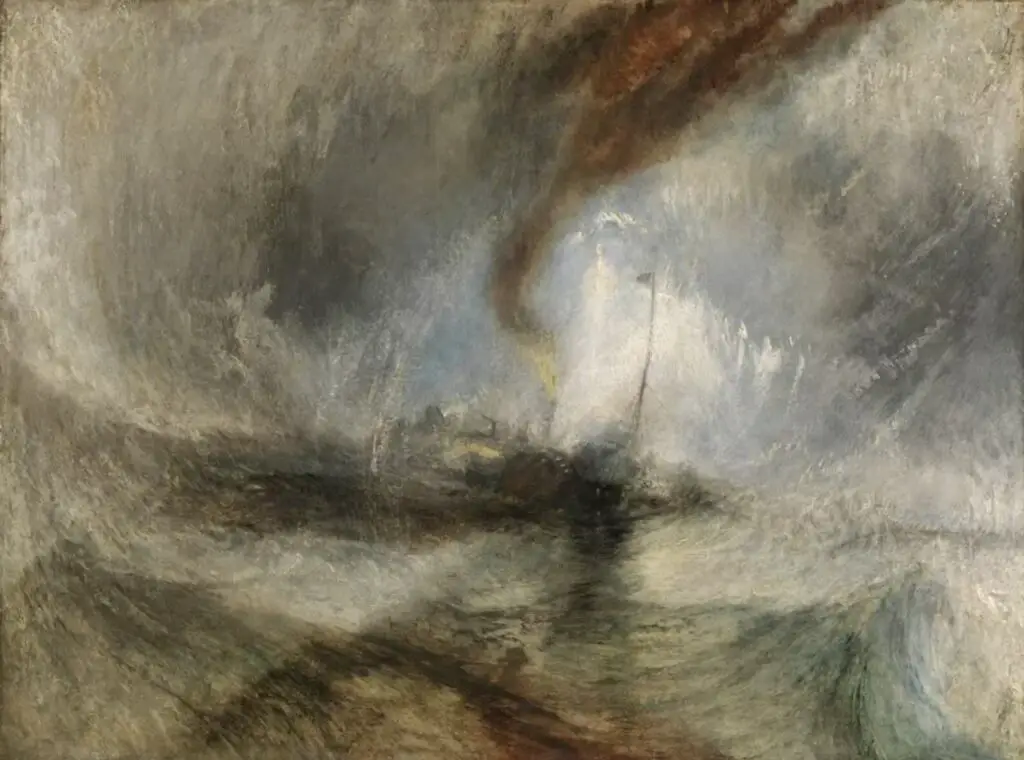
JMW Turner’s Art Shows The Influence Of World Events On Art
The influence of maritime power on Turner’s work underscores a broader theme in art history: the profound impact of contemporary events and advancements on artistic expression. Artists like Turner serve as chroniclers of their time, interpreting the world through their unique perspectives and shedding light on the complexities of human experience.
His engagement with maritime themes reveals his fascination with the sea and the collective consciousness of a society grappling with the challenges and opportunities presented by its relationship with the ocean.
JMW Turner shows us the interplay between maritime power and artistic expression. Turner highlights the capacity of art to encapsulate and interrogate the defining features of its era. With its evocative seascapes, dramatic naval engagements, and intimate portrayals of maritime life, Turner’s oeuvre offers a window into how the sea has shaped human history, culture, and imagination.
Listen To Our Podcast About Seascapes & Societies: Navigating JMW Turner’s World
Below or By clicking here.
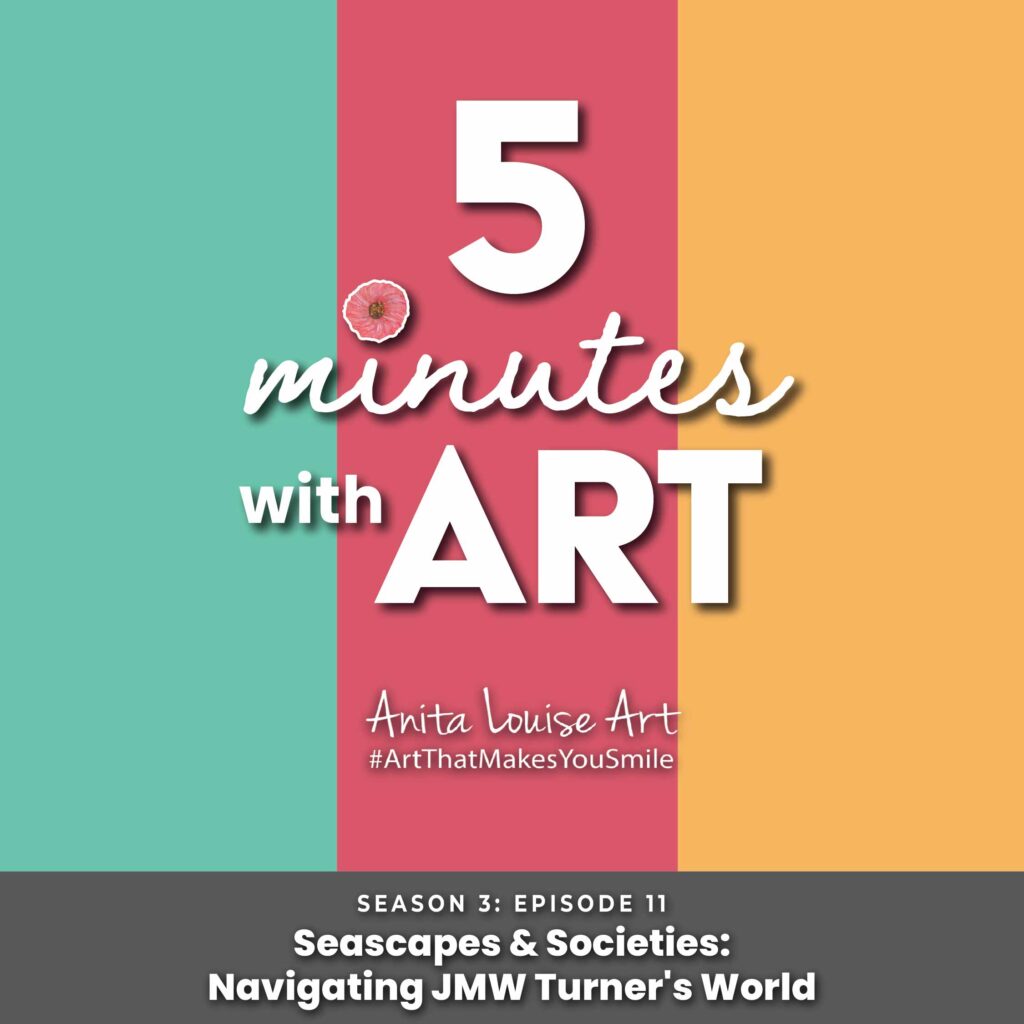
Anita Louise Art is dedicated to art education, great artists, and inspiring others to find and create their art. We love art that uplifts and inspires. #ArtToMakeYouSmile! #ArtToMakeYouHappy!
If you want to see any of my art, you can find out more by clicking here. If you are interested in what inspires me and my paintings, you can discover more by clicking here.
We have a free newsletter and would love you to be part of our community; you can subscribe to the newsletter by clicking here. If you have any questions, I would be happy to talk to you at any time. You can reach me, Anita, by clicking here.
Subscribe to our Anita Louise Art YouTube Channel filled with great videos and information by clicking here.
Join us for our podcast “5 Minutes With Art.” Spend just 5 minutes a week with us to discover and learn about great art and artists. You can find out more about our podcast by clicking here.
Related Questions
4 Top Post-Impressionism Artists And Their Art
Post-impressionism is a captivating art movement that emerged in the late 19th century as a response to Impressionism’s limitations. Many of my favorite artists are Post-Impressionists.
By clicking here, you can learn more by reading 4 Top Post – Impressionism Artists And Their Art.
Similarities of Expressionism And Impressionism Art And Their Differences
Impressionism and Expressionism art movements started in Europe, but the Impressionism movement started before the Expression art movement. Each movement has a different look of art, which is distinguishable from the others. Even though they are both different art movements, there are still some similarities between them.
By clicking here, you can learn more by reading Similarities of Expressionism and Impressionism Art And Their Differences.
What Are The Main Characteristics Of Minimalism Art?
Minimalism art started in New York City in the 1960s. The minimalist artist would use limit their use of lines, shapes, and colors in their art. The artwork had no trace of the artist’s emotions in the art. Minimalism art is considered an extreme form of abstract art. The most important geometric shapes in minimalism art are the square and rectangle.
You can discover more by reading What Are The Main Characteristics Of Minimalism Art? by clicking here.

